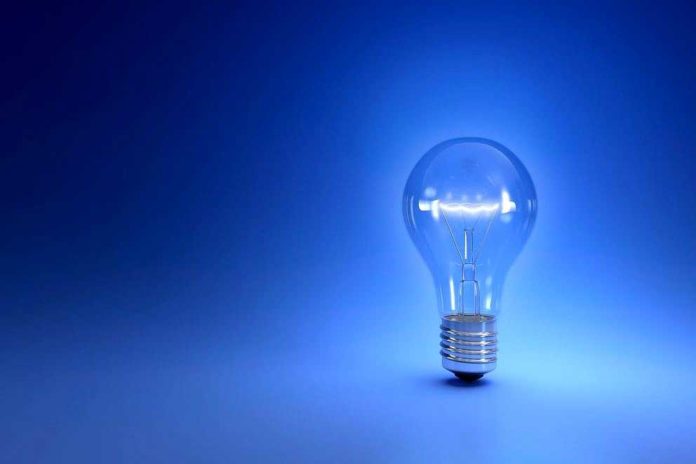There are various studies that focus on the negative effects of checking phones before sleeping. One of the reasons for the poor quality of sleep seems to be the blue light emitted by mobile phone screens.
Now, a new study by the FAU scientists compared the effects of red and blue light on the sleep and attention of school pupils from Erlangen. Their main objective was to determine whether school pupils can concentrate and perform better if they are surrounded by the light of a particular color.
For the study, scientists compared the influence of red-enhanced and blue-enhanced light on attention and quality of sleep in adolescents. Approximately 30 school pupils from grammar schools in Erlangen, aged between 11 and 17, took part in the study.
The study is project based conducted by the Department of Child and Adolescent Mental Health at Universitätsklinikum, Erlangen.
On two different days, they came to the ‘light laboratory’, a room with bright lighting, where they were exposed once to blue light, and once to red.
After spending almost 20 to 60 minutes in this environment, scientists then asked pupils to complete some arithmetic and reading comprehension task. They also took a computer-based test to determine their attention levels.
Scientists found that the attention of school pupils increased in blue light, measured on the basis of their mistakes and the consistency of their reactions – in two out of three attention tests they performed better than when exposed to red light. The color of the light made no difference in reading comprehension, however.
Why do the different colors of light affect the ability to concentrate?
Dr. Petra Studer, neuroscientist, said, “Our body clock responds to the different shades, which reflect the natural rhythm of day and night. Blue light is reminiscent of the light in the morning and our brain gets into gear, ready to perform throughout the day ahead. Red light, on the other hand, reminds us of the atmosphere of the evening and signalizes that it is time for us to unwind and relax. The first results of the study show that adolescents sleep slightly better after being exposed to red evening light rather than blue light.”
The study also explains why some people have a poor quality of sleep after screen use, due in part to the blue light from the screen. Being exposed to this light in the evening leads to our brains being stimulated at the wrong time of day.
Some manufacturers offer a night mode for their devices which emits more red colors, aimed at relaxing the eyes and the brain.
Scientists expect that the study could lead to new developments such as lighting designed to provide the perfect conditions for focused learning and healthy sleep.
The results have been published in the journal ‘Physiology & Behavior’ (vol. 199, pp 11–19).
